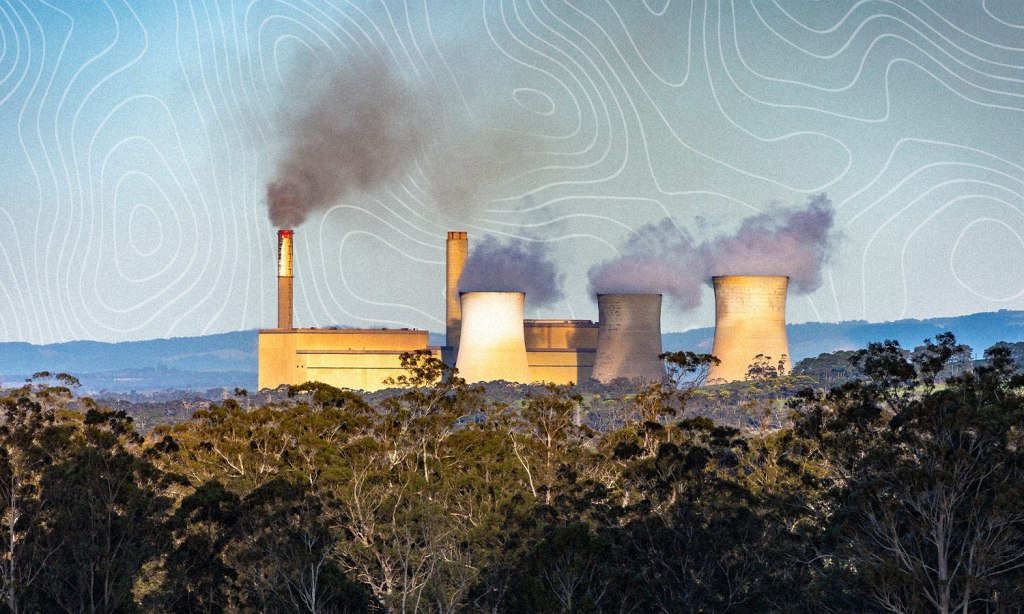“Next year, using the current market prices, tariffs are going up a minimum of 35%.”
Those were the words of Alinta Energy boss Jeff Dimery at The Australian Financial Review’s Energy and Climate Summit in Sydney last week.
The reason? Climate change. Well, sort of.
You see, energy companies are fast making the transition away from coal-fired power stations and towards cleaner, more future-proof forms of energy. This isn’t because they want to, mind you. Rather, it’s largely because coal has become so radically uneconomical that the power stations have no choice but to shut down.
Here’s where that’s a problem: because the transition away from coal is happening at a much greater rate than was first predicted, coal-fired power stations are leaving gaps in the market that renewables and other forms of energy creation are struggling to plug.
This is happening at the same time that energy generation is becoming more expensive in general because of the war in Ukraine and the impact that a lack of Russian gas has had on the global market. A cold winter, resulting in a surge in demand for heating, plus a series of power-station outages have also contributed to this crisis.
Back in May, the Australian Energy Regulator (AER) announced that the price energy providers are allowed to charge their customers would rise in July. Millions of people saw their bills rise by up to 18%, with Finder research noting that paying energy bills had become one of the biggest stresses in life for nearly a third of Aussies.
The AER’s most recent ‘state of the market’ report notes that these high prices “will persist over at least the next two years.”
They also cite the “profound” transformation of Australia’s energy market as a key driver in price increases, with the national electricity market moving away from a centralised system of fossil fuel generation towards smaller-scale wind, solar, hydroelectric, and battery systems.
This transition, coming at the poor economic timing that it has done, is expected to continue to flow onto customers. Preparing for the worst, the AER have said that they will soon be releasing a strategy for helping consumers weather the changes.
“Slow wage growth compared with the growth of energy costs means that the number of consumers facing energy debt and the levels of that debt were increasing even
before the current market events,” they write.
The government is conscious of the issue and the strain this is putting on people. Talking to the ABC’s 730 programme last week, Climate Change and Energy Minister, Chris Bowen, said that getting renewables up and running was a key priority.
“The ramifications of 10 years of denial and delay, the fact that four gigawatts of energy generation came off over the last decade and only one gigawatt came on, means that we are now paying the price,” he said.
Bowen also described the current state of affairs as “the most difficult geopolitical circumstances we’ve probably faced since the 1970s.”
Related: Big Batteries Are Coming to Aus But Would They Solve the Energy Crisis?
Related: Live in NSW? You Can Save $9,000 on Your Energy Bills Using the Energy Savings Scheme
Read more stories from The Latch and subscribe to our email newsletter.







